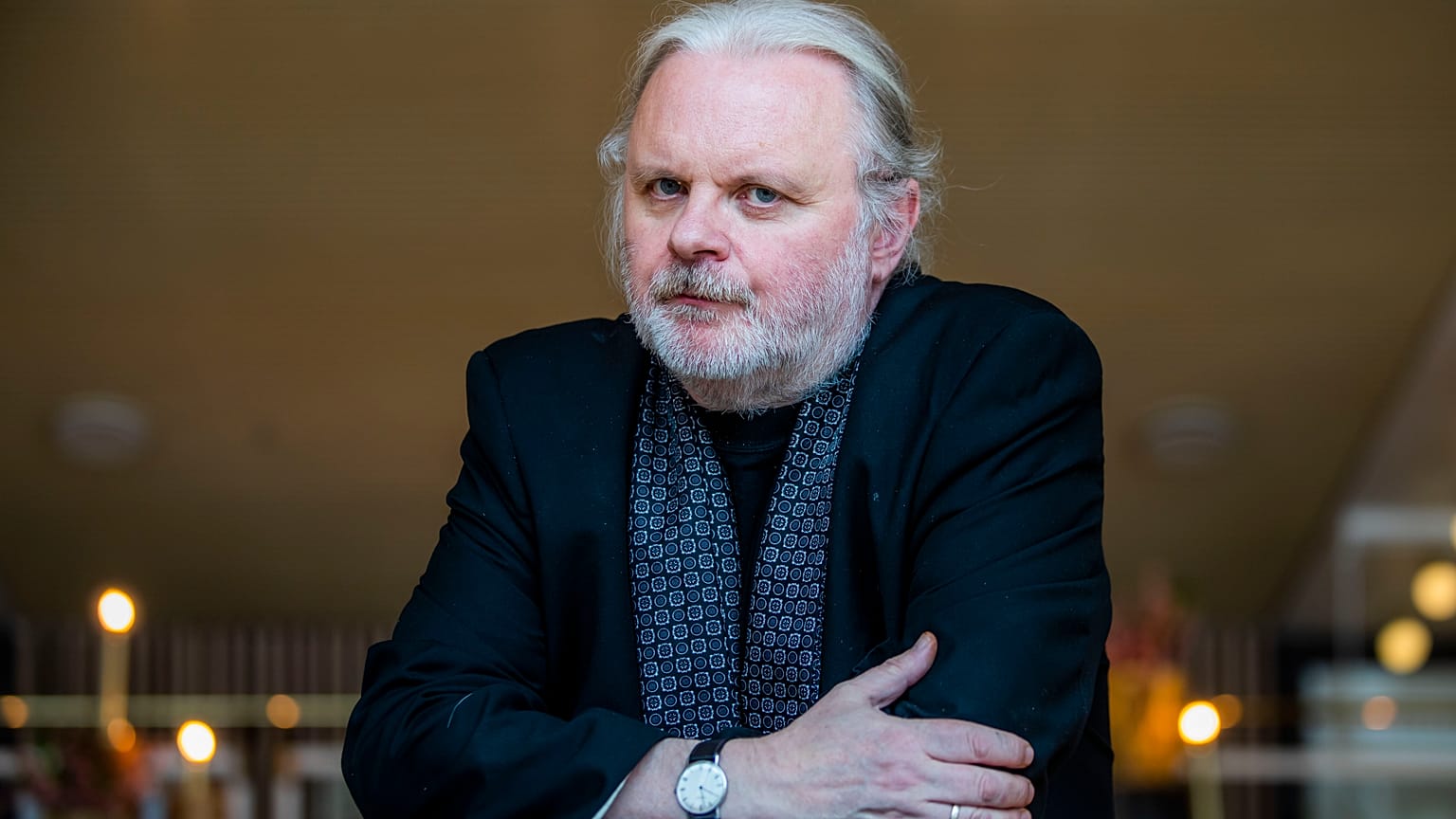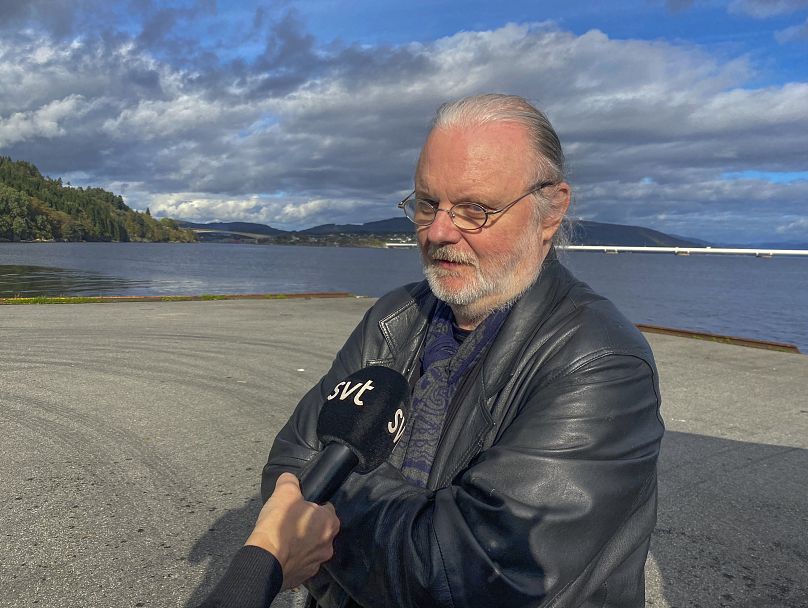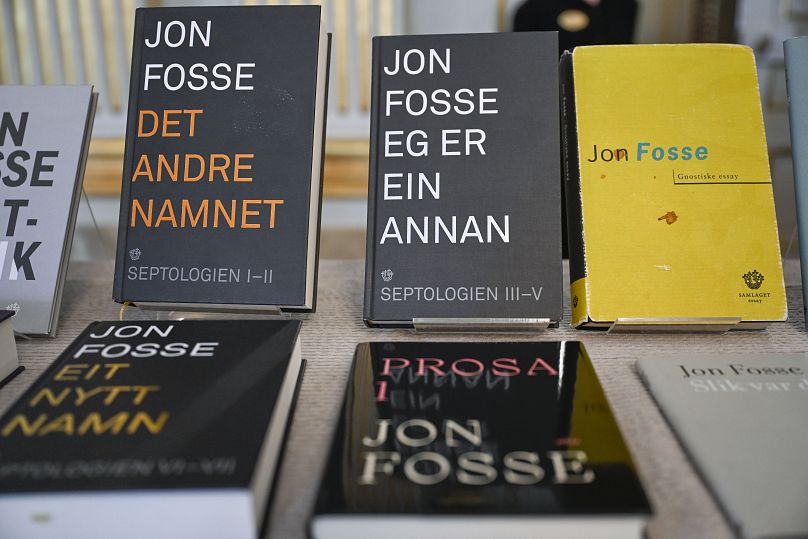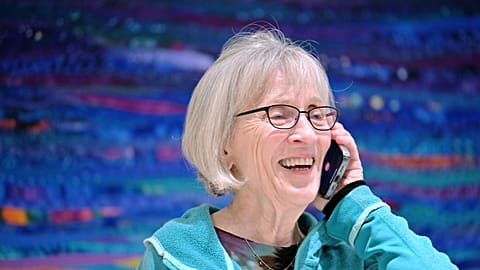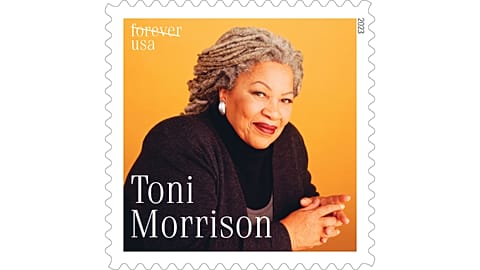Norwegian writer Jon Fosse is the newest recipient of the Nobel Prize in Literature. He's a heavyweight in the realm of storytelling but far from a household name in the English speaking world. That may be about to change.
Jon Fosse is an incredibly accomplished author of plays, novels, poetry, essays, translations and children’s literature. And yet for many people, this might be the first time they’ve heard of him. Despite huge acclaim for his plays in Norway, they have seldom been produced on the English stage, for example.
In fact, it wasn’t until Fosse was picked up by independent publishing house Fitzcarraldo Editions, that much of his work received English translations at all. Fitzcarraldo Editions was founded in 2014 and has quickly made an impressive name for itself for its translations of five Nobel Prize winners: Svetlana Alexievich (2015), Olga Tokarczuk (2018), Annie Ernaux (2022) and Jon Fosse (2023).
With that in mind, here’s our quick guide to Nobel Laureate Jon Fosse.
A bit of biography
Fosse was born in 1959 in Haugesund, Norway. A child of Quakers and Lutherian Pietists, his writing has been influenced by his spiritual surroundings and a near-fatal accident when he was just seven years old.
He started writing from a young age before studying at the University of Bergen. His first novel ‘Raudt, svart’ (Red, Black) was published in 1983 when Fosse was still in his early 20s. This first novel was a break from social realist styles popular in Norway at the time that nonetheless interrogated the theme of suicide with clarity. Since then, he’s consistently published across a gamut of mediums.
Prose
Released from 1995-1996, Fosse’s books ‘Melancholy I-II’ are an example of Fosse’s expansive literary arsenal. Telling the fictionalised tale of nineteenth-century Norwegian artist Lars Hertervig, Fosse recreates the events that led to Hertevig’s mental breakdown, weaving interior and exterior perspectives into the narrative.
One of Fosse’s most celebrated short-story collections is his ‘Scenes from a Childhood’, released as a collection in English in 2018. Collating works from the beginning of his career until 2013, it’s a brilliant place to engage with Fosse’s bold styles – both minimalist at times and breathtakingly bold in its imaginings.
Dramatic works
A decade after his first novel, Fosse’s first play to be performed was ‘Og aldri skal vi skiljast’ (And We'll Never Be Parted) in 1994. However, it was the play he’d written before that, ‘Nokon kjem til å komme’ (Someone is Going to Come), staged first in 1996 in Paris, that the Norwegian’s dramatic talents became fully known.
The play follows a couple holed up in the middle of nowhere expecting an arrival. Playing on Samuel Beckett’s ‘Waiting for Godot’, Fosse’s exploration of anxiety and jealousy in relationships stunned audiences.
The masterpiece
Fosse has continued to amass an incredible oeuvre of dynamic works. His plays have been performed extensively around the world, but it is his most recent prose works that seemingly tipped the scale for the Nobel Prize judges. His septology – seven books released in three editions – is his magnum opus. The 1,250 page monologue of the elderly artist Asle conversing with himself is a towering masterpiece of reflection and spiritual confession.
For his work, Fosse has been recognised internationally previous to the Nobel Prize. He won the Ibsen Prize in 1996 and the Ibsen Award in 2010; in 2011 he was granted the Grotten, an honorary residence from the King of Norway; and his final release of his septology was nominated for the International Booker Prize in 2022.















